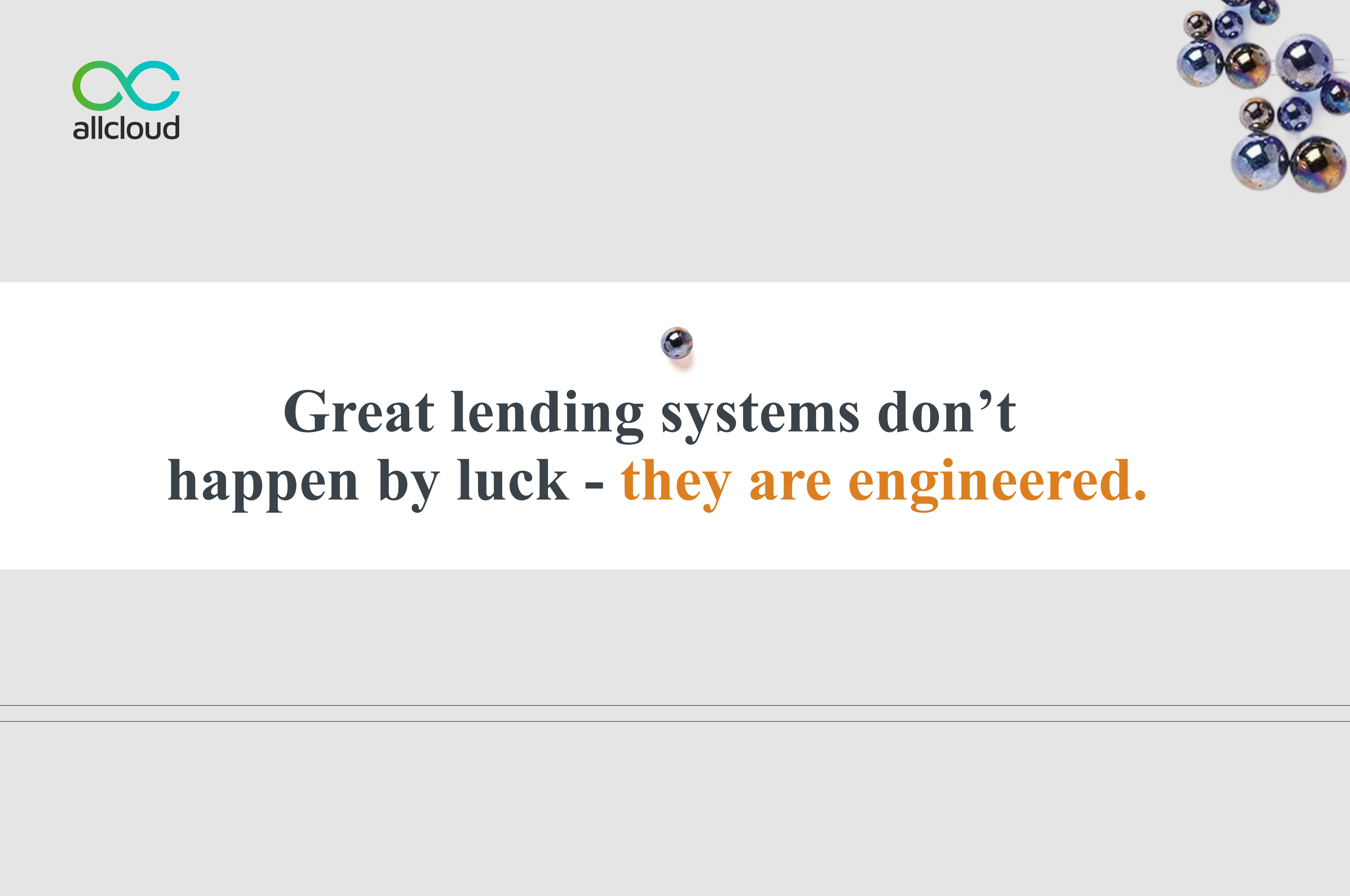Mitigating Risk in EV Financing: Strategies and Techniques for EV Lenders
Get In Touch

Heading 1
Heading 2
Heading 3
Heading 4
Heading 5
Heading 6
Lorem ipsum dolor sit amet, consectetur adipiscing elit, sed do eiusmod tempor incididunt ut labore et dolore magna aliqua. Ut enim ad minim veniam, quis nostrud exercitation ullamco laboris nisi ut aliquip ex ea commodo consequat. Duis aute irure dolor in reprehenderit in voluptate velit esse cillum dolore eu fugiat nulla pariatur.
Block quote
Ordered list
- Item 1
- Item 2
- Item 3
Unordered list
- Item A
- Item B
- Item C
Bold text
Emphasis
Superscript
Subscript
Mitigating Risk in EV Financing: Strategies and Techniques for EV Lenders
As electric vehicles (EVs) gain popularity, more and more lenders are looking to finance them. However, financing EVs comes with unique risks that lenders need to be aware of. In this blog post, we'll explore strategies and techniques for mitigating risk in EV financing.
Conduct thorough credit checks
When financing an EV, it's important to conduct a thorough credit check on the borrower. This includes checking their credit score, income, and employment history. Additionally, it's important to verify that the borrower has a valid driver's license and insurance. By conducting a thorough credit check, lenders can ensure that borrowers are financially stable and capable of making their payments.
Offer lower interest rates
One way to mitigate risk in EV financing is to offer lower interest rates to borrowers who meet certain criteria. For example, borrowers with excellent credit scores and stable employment histories could be offered lower interest rates. By offering lower interest rates to lower-risk borrowers, lenders can minimize the risk of default.
Require a down payment
Requiring a down payment is another way to mitigate risk in EV financing. By requiring borrowers to make a down payment, lenders can ensure that borrowers have some skin in the game and are committed to making their payments. Additionally, a down payment reduces the amount of the loan, which in turn reduces the risk to the lender.
Set loan-to-value (LTV) limits
Setting LTV limits is another strategy for mitigating risk in EV financing. LTV is the ratio of the loan amount to the value of the vehicle. By setting LTV limits, lenders can ensure that borrowers are not borrowing more than the vehicle is worth. This reduces the risk of default and helps ensure that the lender can recoup their investment if the borrower defaults.
Offer flexible repayment options
Offering flexible repayment options can help mitigate risk in EV financing by making it easier for borrowers to make their payments. For example, offering automatic payments or bi-weekly payments can make it easier for borrowers to budget for their loan payments. Additionally, offering forbearance or deferment options can provide borrowers with some flexibility in case of unexpected financial difficulties.
In conclusion, financing EVs comes with unique risks that lenders need to be aware of. However, by following these strategies and techniques, lenders can mitigate risk and provide borrowers with the financing they need to purchase EVs. Conducting thorough credit checks, offering lower interest rates, requiring a down payment, setting LTV limits, and offering flexible repayment options can all help reduce the risk of default and ensure that the lender's investment is protected.
#EVlending #riskmitigation #lowinterestrates


.png)





